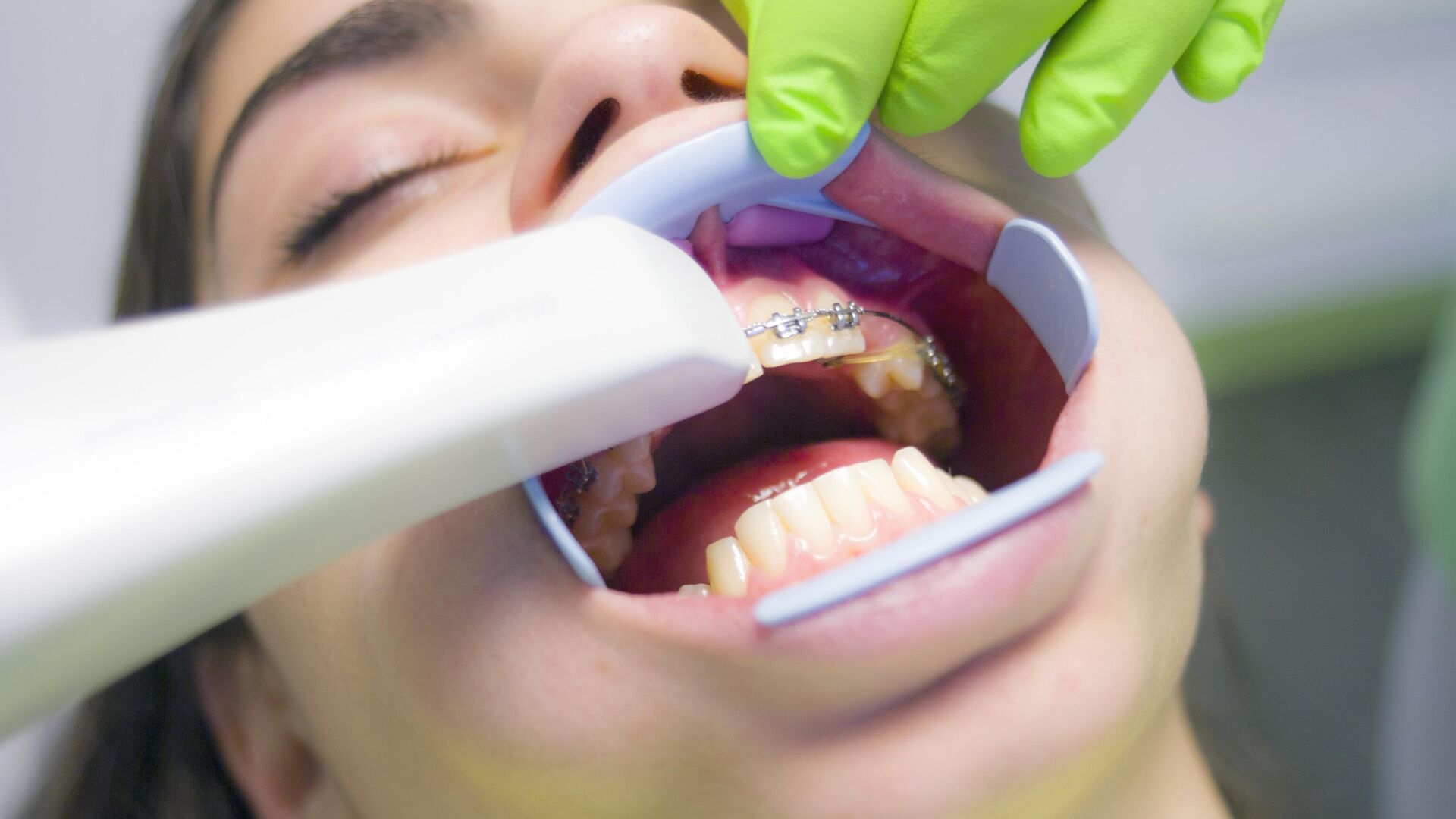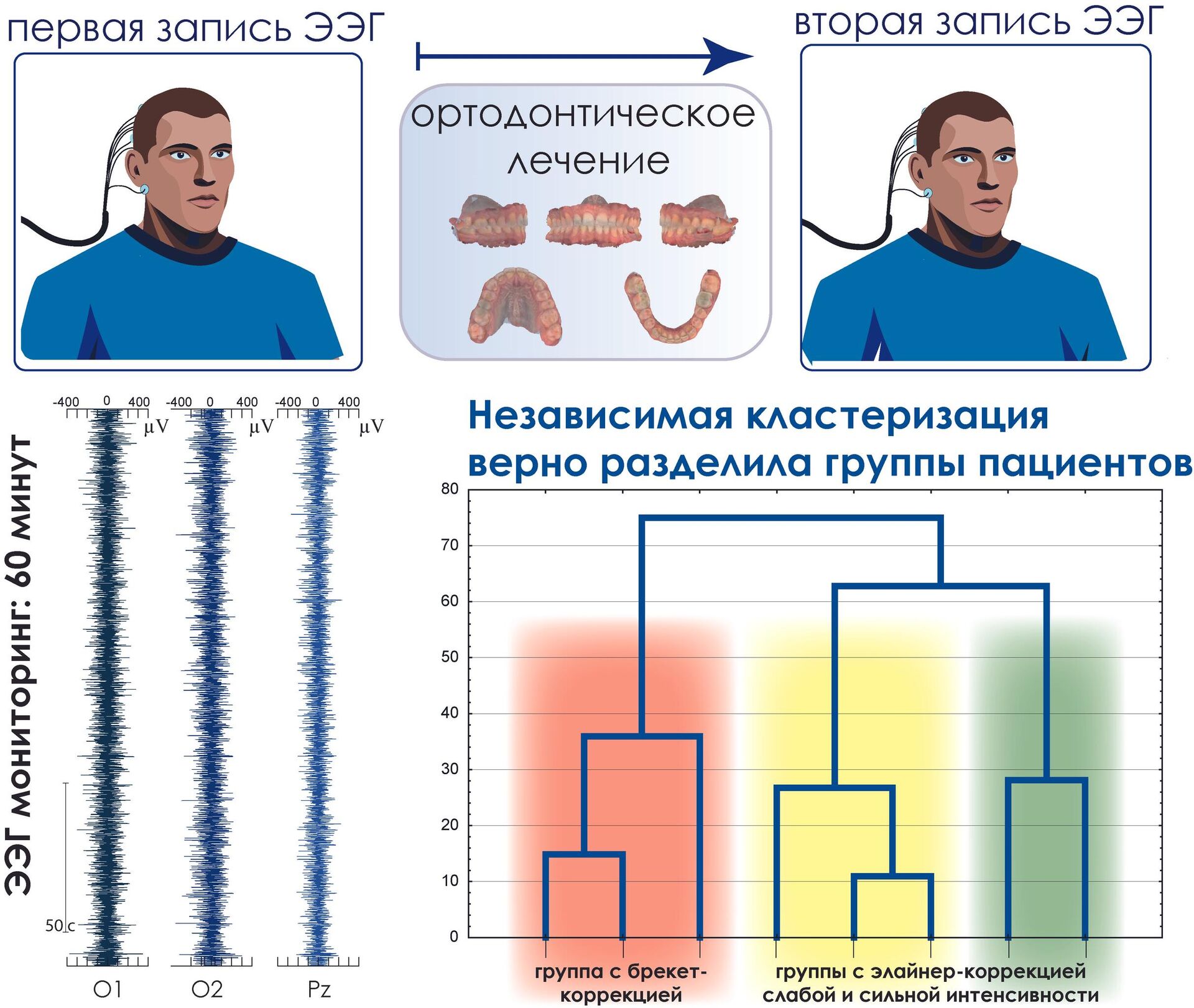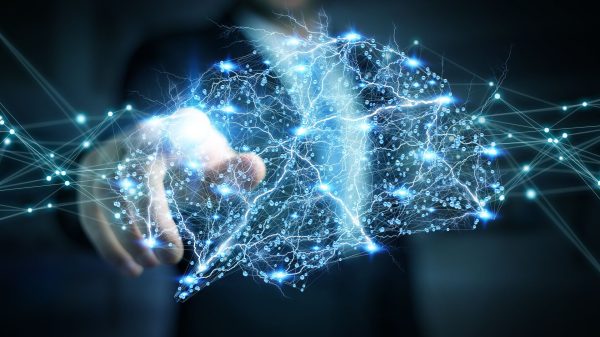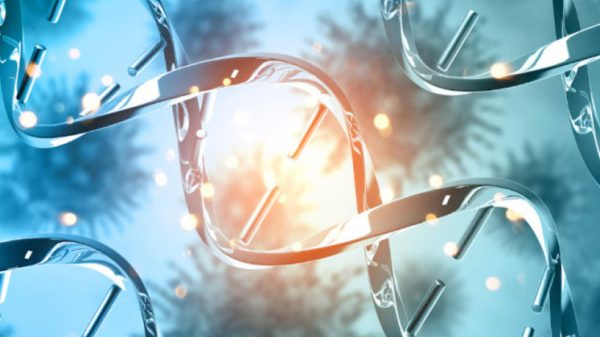
MOSCOW, March 5 Scientists of the Saratov State Medical University (SSMU) named after. V.I. Razumovsky studied how the brain activity of patients changes after the installation of braces and aligners. According to them, the results of the work will help to better assess the need for teeth straightening. The results were published in The European Physical Journal Special Topics.
The university noted that in patients using braces or aligners for orthodontic correction, the configuration of the dentofacial system changes significantly during treatment, and partial changes occur in the soft tissues of the face, nerve fibers and associated structures.
“
“Teeth alignment and bite correction not only make our smile beautiful, they change the pattern of activity in the cerebral cortex. These changes occur due to the powerful effect of braces and aligners on the sensors and bone structures of the face and oral cavity,” said Anastasia Runnova, head of the Department of Biophysics and Digital Technologies of SSMU.
According to her, today most researchers in this field field is focused on finding neural correlates associated with the assessment and treatment of pain after orthodontic correction.
SSMU scientists studied changes in brain activity before and after the start of teeth straightening in patients without severe pain syndromes. They were the first to compare the effects of aligners and braces on brain activity and found that their effects differ, and this difference can be objectively confirmed by independent digital methods.
“Today, doctors most often decide on the need for orthodontic correction due to aesthetic requirements. We believe that such interdisciplinary studies of orthodontic devices will help identify additional criteria for the need for dentition correction,” Runnova noted.
She added that the assessment of changes Brain activity may also play an important role in decision making.
In addition, it is possible to reduce pain from braces and aligners through the use of biofeedback systems that are tuned to detected changes in brain activity, the study authors said. In their opinion, this will help in the next five years to develop a special device for pain therapy and independent control of orthodontic treatment.
As Runnova said, the clinical part of the research work was carried out by a group of orthodontists. All patients underwent special testing with simultaneous EEG monitoring of the electrical activity of the brain. The test results were analyzed by specialists using the latest digital methods — assessing the number of oscillatory patterns in the wave structure of electroencephalography.
As part of a physical study, it was possible to show that when using braces, changes in the number of patterns are observed in the high frequency regions, namely {[16; 18], [20; 28], [32; 34], [42; 50]} Hertz, and a light correction based on aligners leads to a significant reduction in the number of patterns in these ranges, while a strong one does not change these values. At the same time, no significant changes were observed in objective assessments of attention, memory and other cognitive functions.
Today, scientists are faced with the task of expanding clinical material and implementing a prototype diagnostic and therapeutic device. The identified patterns will help create a brain-machine interface for diagnosing changes in brain activity and, possibly, reducing pain from orthodontic correction.
The results obtained will become part of the implementation of the tasks set in the university program and road map under the «Priority 2030» program of the national project «Science and Universities».






















































Свежие комментарии